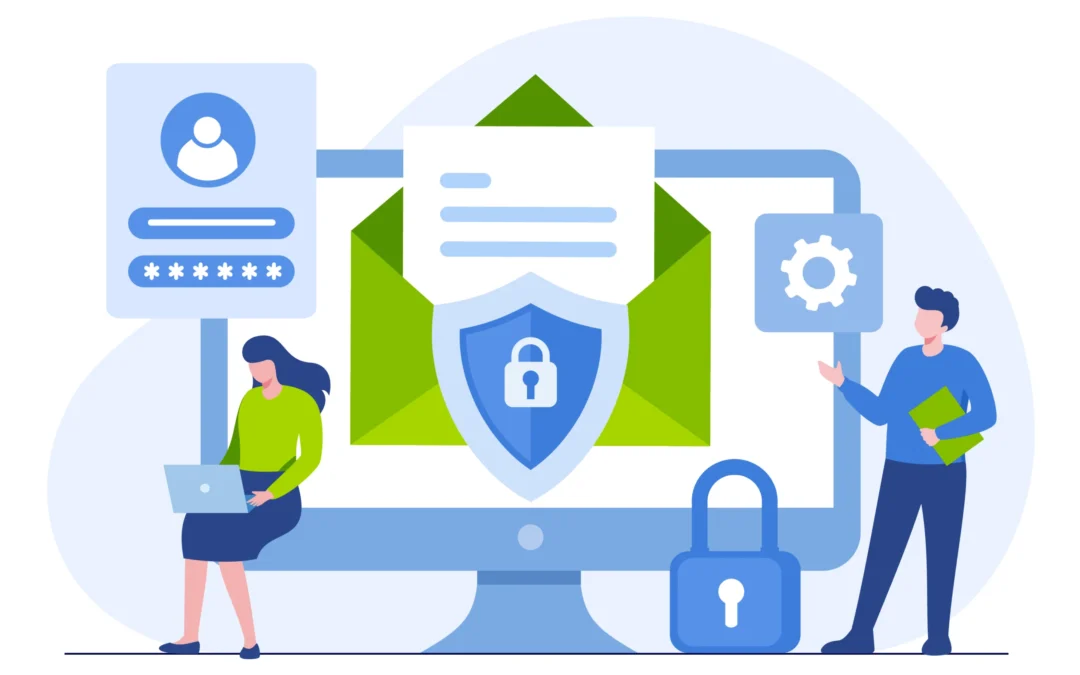
Launching a new product, app, or feature is risky and expensive. There’s a good chance things won’t go exactly as planned, so it’s almost always better to launch as quickly and cheaply as possible. The goal? Test your core assumptions before burning through too much time or money.
Sounds simple, but it’s harder in practice. It requires deep focus on the core problem you’re solving and a willingness to strip down your solution to the essentials—basically, to find out if you’re wrong as soon as possible.
Recently at Sourcetoad, we worked with a client who made a brilliant call in this regard—a choice worth learning from.
Our client, a company providing specialized services on a digital platform, had an interesting hypothesis: what if their users wanted updates delivered in a conversational, AI-driven format? Their vision was that users would find it valuable to receive weekly summaries that felt interactive, enabling them to chat back, ask questions, and get real-time, personalized guidance—almost like having an expert right in their pocket.
The core assumption wasn’t that people wanted updates about their progress or activity—that was clear. The question was whether users would prefer to receive these updates through a conversational interface rather than a static dashboard. They had to validate this hypothesis before investing in a full-fledged app.
Initially, we scoped out a mobile app—multiple screens, login features, integration with their main platform. It was a complex, time-intensive build. But as we refined the approach, the client kept stripping things back, reducing the scope until only the essential remained: a single text message.
The team realized they didn’t need a whole app to test their assumption. A text-based, conversational summary, where users could reply and engage with an AI-driven update, would provide enough insight to decide whether to invest further, adjust the concept, or scrap it. Now, we’re helping them launch this quick proof of concept—a simple SMS that delivers their idea’s core value at a fraction of the time and cost of an app.
The takeaway? When you’re launching something new, remember you’re actually testing an assumption. Most of the time, you’re not testing if people want an app with a login or notifications—that’s secondary. What you’re really testing is the core value you believe users will respond to. Stripping everything unnecessary away is the secret to launching fast and affordably.
Challenge your initial assumptions about how your solution needs to look or function. Zero in on the core assumption you’re trying to validate, and get creative in testing it as inexpensively as possible. You’d be surprised how far you can go with just a spreadsheet, manual emails, or even a few phone calls.


